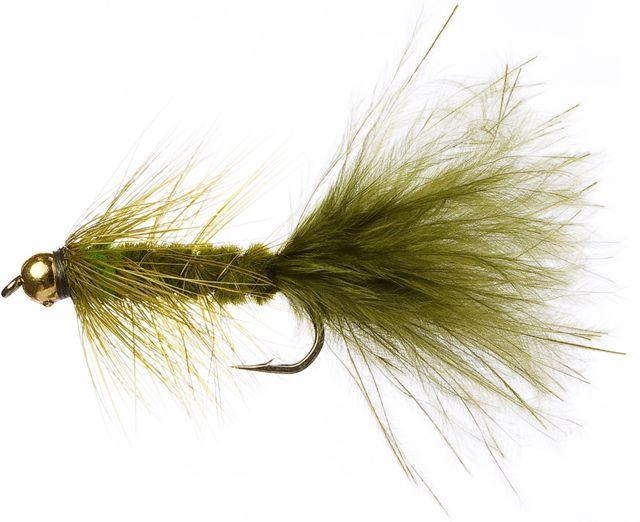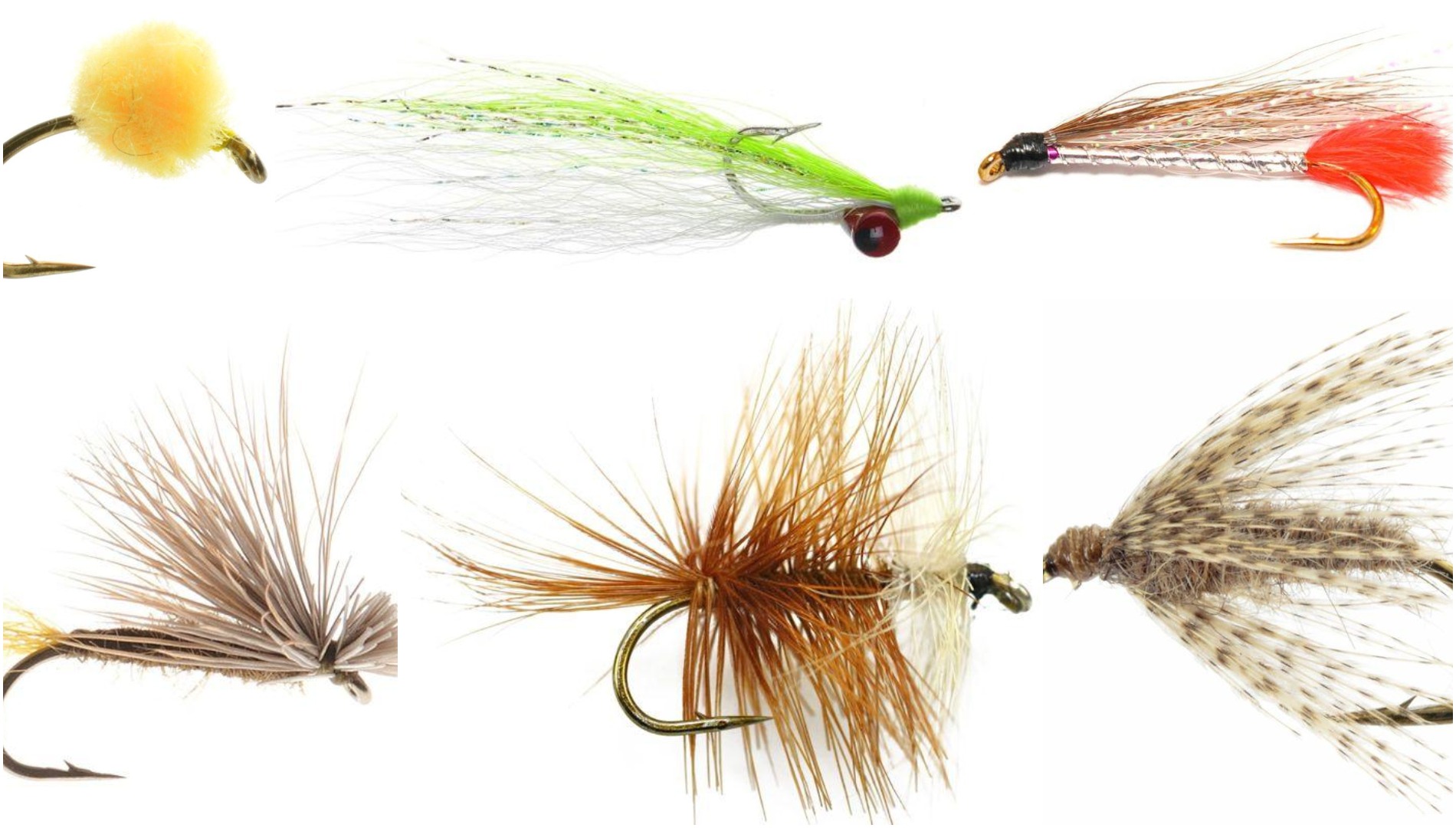ALL TIMERS
The simple, time-tested patterns will catch, trout, bass, pike, walleyes and more
Advertisement

BEAD-HEAD WOOLLY BUGGER
If you’ve ever tied a fly at a sportsmen’s show, this was likely it. The Woolly Bugger uses three basic fly-tying techniques that open the door to a world of tying: attaching a tail, forming a body and wrapping a hackle feather over that body (called “palmering”). Even a perfectly tied Bugger looks kind of mangy, so the youngest and clumsiest fingers can produce a serviceable fly. And because all the materials are available at a craft or dollar store, you can literally tie 50 of them for about $10.
But that’s only part of the reason why the Bugger is the world’s most popular fly. It’s one of those patterns that doesn’t look like anything in particular, but vaguely resembles everything. In olive or brown, it’s a crayfish or large aquatic insect, while in black, it’s a leech. Include some flash and it’s a baitfish. Adding a bead head helps the fly sink and gives it a seductive jigging action as it swims. In current, you can dead-drift the fly or swing it downstream. In stillwater, let it sink and retrieve it quickly, slowly or somewhere in between. Basically, you can’t fish it incorrectly. And literally any fish that will take a fly, will hit a Bugger.
Advertisement
Hook: 2XL streamer, sizes 2 to 12
Tail: Bunch of olive marabou
Body: Olive chenille or wool
Hackle: Olive hackle palmered through body
Head: Brass bead

